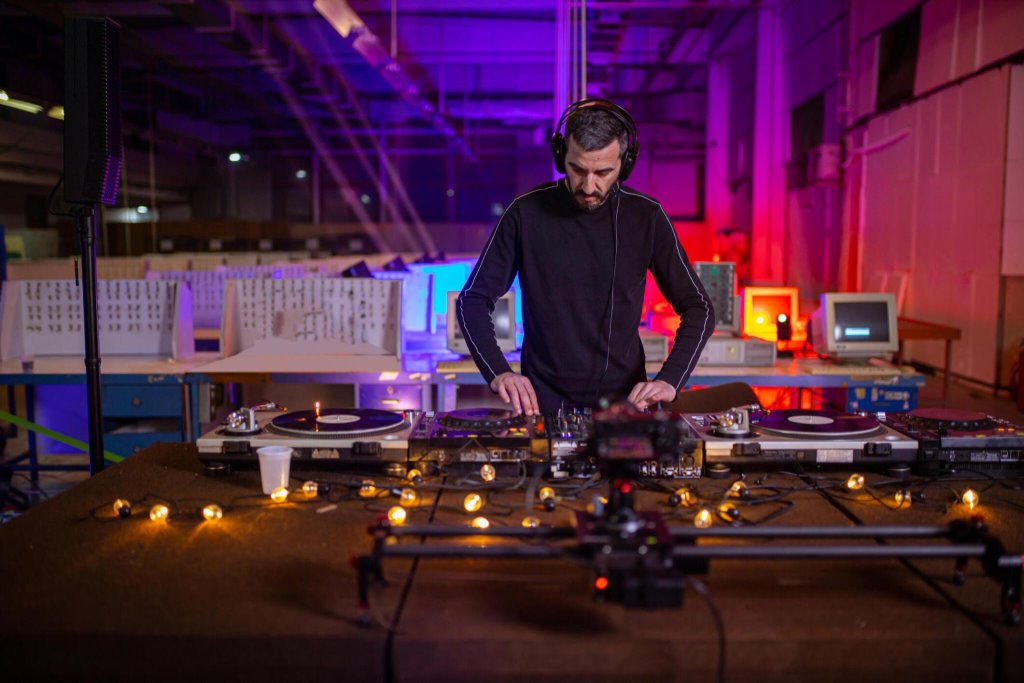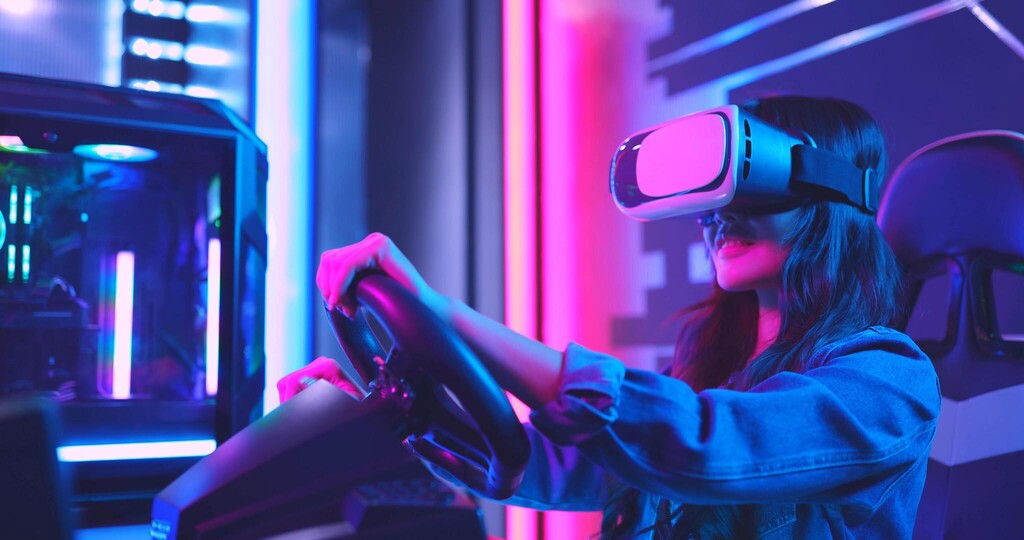In an era where connectivity and automation reign supreme, the Internet of Things (IoT) has emerged as a transformative force, reshaping industries and revolutionizing the way we interact with technology.
At the heart of this revolution lies IoT product design services, which play a pivotal role in conceptualizing, developing, and bringing to life innovative IoT solutions.
In this comprehensive guide, we’ll embark on a journey into the world of IoT product design services, exploring their significance, methodologies, challenges, and the latest innovations driving the future of technology.
Understanding IoT Product Design Services
In the rapidly evolving landscape of technology, the Internet of Things (IoT) has emerged as a transformative force, connecting devices, systems, and people in ways previously unimaginable.
At the heart of this revolution lies IoT product design services, which encompass the process of conceptualizing, developing, and bringing to market innovative IoT solutions.
In this section, we will delve into the fundamentals of IoT product design services, exploring their significance, methodologies, challenges, and the key considerations that drive successful outcomes.
Defining IoT Product Design
At its core, IoT product design encompasses the process of creating interconnected devices that collect, transmit, and analyze data to deliver valuable insights and functionality.
From smart home devices and wearable technology to industrial sensors and autonomous vehicles, IoT product design services span a wide range of applications and industries.
The Role of Design in IoT
Design plays a crucial role in IoT product development, shaping not only the physical form and aesthetics of devices but also their functionality, user experience, and overall effectiveness.
Designers prioritize usability, accessibility, scalability, and interoperability for IoT solutions, seamlessly integrating into users’ lives and environments.
Key Considerations in IoT Product Design Services
Designing IoT products necessitates thorough deliberation on multiple factors for user satisfaction, reliability, and ecosystem enhancement. Here are some key considerations that designers must keep in mind when embarking on IoT product design projects:

User-Centric Design
UX is critical in IoT design, ensuring intuitive, user-friendly devices accessible to diverse users for optimal functionality. Designers prioritize user-centric principles to grasp needs, preferences, and pain points, ensuring IoT solutions enhance users’ lives effectively.
Data Security and Privacy
Securing data and privacy in IoT design is paramount due to the surge in connected devices and data volumes. Designers fortify systems with encryption, authentication, and access controls to safeguard data and counter cyber threats effectively.
Interoperability and Compatibility
Interoperability is essential in the IoT ecosystem, allowing devices from different manufacturers to communicate and work together seamlessly.
IoT product designers prioritize interoperability and compatibility by adhering to industry standards, protocols, and frameworks to ensure that devices can interoperate and integrate with existing systems and platforms.
Methodologies and Approaches in IoT Product Design Services
Crafting IoT products demands diverse methodologies and approaches for the successful development and deployment of interconnected solutions. Here are some commonly used methodologies and approaches in IoT product design services:

Design Thinking
Design thinking is a human-centered approach to innovation that emphasizes empathy, ideation, prototyping, and iteration. IoT product designers leverage design thinking methodologies to understand user needs, brainstorm creative solutions, and rapidly prototype and test concepts to drive product innovation and improvement.
Agile Development
IoT design services favor Agile methods like Scrum and Kanban, fostering iterative and collaborative development approaches. Agile methodologies break complex projects into manageable tasks, enabling teams to adapt and deliver quality products efficiently through incremental updates.
User Experience Research
User experience research is a fundamental aspect of IoT product design, providing insights into user behaviors, preferences, and pain points. Designers employ surveys, interviews, usability tests, and analytics to gather user feedback, ensuring IoT solutions align with user needs.
Challenges and Opportunities in IoT Product Design Services
Navigating the landscape of IoT product design presents both challenges and opportunities for designers and organizations alike. Understanding these challenges and leveraging the opportunities they present is essential for creating successful IoT solutions. Here are some key challenges and opportunities in IoT product design services:

Complexity and Integration
Designing IoT products demands addressing intricate system interconnections for seamless integration across devices, networks, and platforms, posing unique challenges. Designers must navigate technical challenges such as interoperability, scalability, and latency to create cohesive and reliable IoT solutions.
Data Management and Analytics
Managing and analyzing the vast amounts of data generated by IoT devices poses significant challenges in product design. Designers must develop robust data management strategies and implement advanced analytics techniques to extract actionable insights from IoT data, enabling informed decision-making and driving innovation.
Sustainability and Ethical Considerations
As IoT adoption continues to grow, sustainability and ethical considerations are increasingly important in product design.
Designers must prioritize IoT sustainability by considering energy consumption, resource usage, and end-of-life disposal in product design. Ethical considerations like data privacy, transparency, and consent are vital for fostering trust in IoT technology.
Innovations Driving the Future of IoT Product Design Services
Rapidly evolving technology fuels innovation, shaping the future of IoT product design services. Advancements in connectivity and AI reshape IoT, opening new design possibilities and transforming organizational landscapes. Here are some key innovations driving the future of IoT product design:
Artificial Intelligence and Machine Learning
AI and ML drive IoT innovation, enabling automation, predictive analytics, and personalized experiences in product design. AI-enabled IoT solutions analyze data, identify patterns, adapt to change, and spur innovation, revolutionizing various sectors.
Edge Computing
Edge computing shifts IoT architecture by placing computation and data storage closer to IoT devices, revolutionizing connectivity. By processing data locally and reducing latency, edge computing enables real-time analytics, faster decision-making, and more efficient use of network resources, enhancing the performance and scalability of IoT solutions.
Blockchain Technology
Blockchain technology is gaining traction in IoT product design services, offering enhanced security, transparency, and trust in distributed IoT ecosystems.
By providing tamper-proof data storage, decentralized consensus mechanisms, and smart contract capabilities, blockchain enables secure and transparent transactions, data sharing, and automation in IoT applications such as supply chain management, smart contracts, and identity verification.
Conclusion
IoT product design services drive innovation, shaping technology’s future in our interconnected world across diverse industries.
Embracing user-centric design principles and advanced methodologies, IoT designers pioneer transformative solutions, enhancing efficiency and empowering organizations in the digital age. Continuing to push boundaries, IoT design fosters innovation, creativity, and positive societal and environmental impact, brimming with possibilities.



